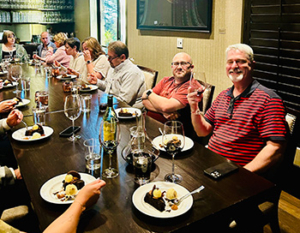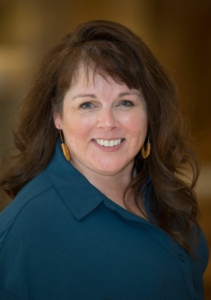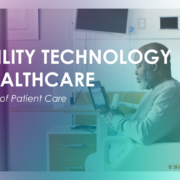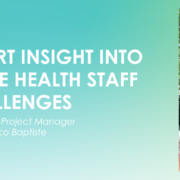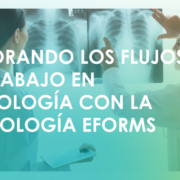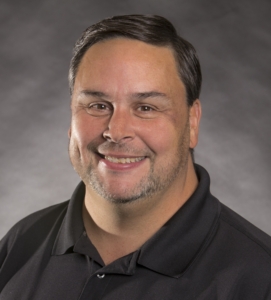80/20 Rule on the Horizon: Preparing for the future of Home Healthcare
Going Digital to Prepare for the Future of Home Health
In May 2023, the Centers for Medicare and Medicaid Services (CMS) proposed rule changes to enhance home- and community-based services (HCBS) for Medicaid beneficiaries. The 80/20 Rule, which goes into effect in 2025, requires HCBS agencies to allocate at least 80% of the Medicaid payments they receive for homemaker, home health aide and personal care services to direct care worker compensation.
When the 80/20 rule goes into effect, it will force direct care providers to generate additional revenue to cover administrative costs and owner compensation. To achieve this, they will need to increase efficiency and see more patients. They will also need to reduce the administrative costs per patient, since the rule reduces the amount of funds available to cover those expenses.
Steps home healthcare can take to prepare for the 80/20 rule
The first step in this process will be for home healthcare agencies to identify ways to increase efficiency and/or reduce administrative costs. Are patient onboarding and consenting processes paper based? If so, how many hours are direct care providers spending on paperwork preparation?
For example, it may be that home health nurses are spending 1-2 hours each day completing patient forms and returning them to the office for processing. In addition, new patient onboarding can add up to three hours on its own if all forms are completed by hand.
Paper-based processes can also increase travel-related costs. In fact, some home health nurses report spending an hour daily driving to the office to pick up new forms and return completed ones from the previous day.
Making the shift to digital
Shifting from paper-based processes to digital forms and e-signatures, can potentially save home healthcare agencies up to six hours a day per healthcare worker in administrative costs. Going digital will allow home-based care providers to access patient information and appointment details in real time. This transition enhances operational efficiency, streamlines processes and improves the quality of care provided.
“Agencies lose at least one, if not multiple, days waiting for paperwork to be fully entered into the system,” says Art Nicholas, CCO at Interlace Health. “This also reduces the number of patients a nurse can see because they spend an hour a day picking up and delivering paper.”
Digital solutions, such as those offered by Interlace Health, enable home healthcare agencies to pre-populate forms with patient data from the EHR, delivering them electronically to nurses based on their schedules. Completed forms are sent back and stored automatically, eliminating the need for paper-based signatures and reducing time spent on printing, scanning, and archiving forms.
Once submitted digitally, Interlace Health’s platform manages the transportation of the documents. For example, an agency might require a form to be reviewed or counter-signed before it goes to billing. Digitized consent triggers each subsequent step once the patient signs the form, ensuring a smooth workflow from the manager’s review to the billing process.
“Once a patient is scheduled, our system automatically generates the necessary forms by pulling patient demographics from their chart and auto-populating them onto the form,” explains Nicholas. “This means patients don’t have to handwrite their forms. We’re creating a digital experience that patients and clinicians can navigate on any device — computer, tablet, or cell phone.”
By integrating digital consent forms with an agency’s EHR, the onboarding process becomes seamless. Patients and their family members don’t have to repeatedly fill out the same forms, and digital workflows reduce the chance of errors associated with manual data entry.
A digital-first approach in home health is a small change that makes a big difference. Making this shift can make the difference when it comes to preparing your home healthcare agency for the 80/20 rule. By improving your workflows and digitizing your forms, you can enhance efficiency, compliance, and job satisfaction while reducing costs and environmental impact.
To learn more about how Interlace Health can help your home health practice prepare for the 80/20 rule, download the white paper: People Over Paperwork – Cutting Administrative Cost and Burden in Home Health.
ABOUT THE AUTHOR:
About the Author:

Lauren Ziegler is the Director of Marketing Communications at Interlace Health. She oversees Interlace Health’s corporate communications, content, branding, events, and digital marketing efforts. She brings over fifteen years of experience in helping support technology firm’s marketing and PR efforts. Lauren is passionate about helping the healthcare community understand Interlace’s Health’s value, vision, and commitment to improving experiences for providers, patients, and staff. Find Lauren on LinkedIn.
Watch On-Demand Webinar: Home Healthcare News: The eSignature Effect
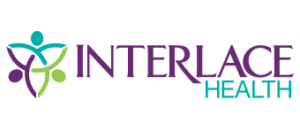




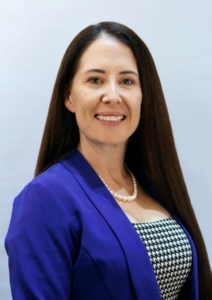 Dessiree Paoli is the Director of Product Marketing & Strategy at
Dessiree Paoli is the Director of Product Marketing & Strategy at 
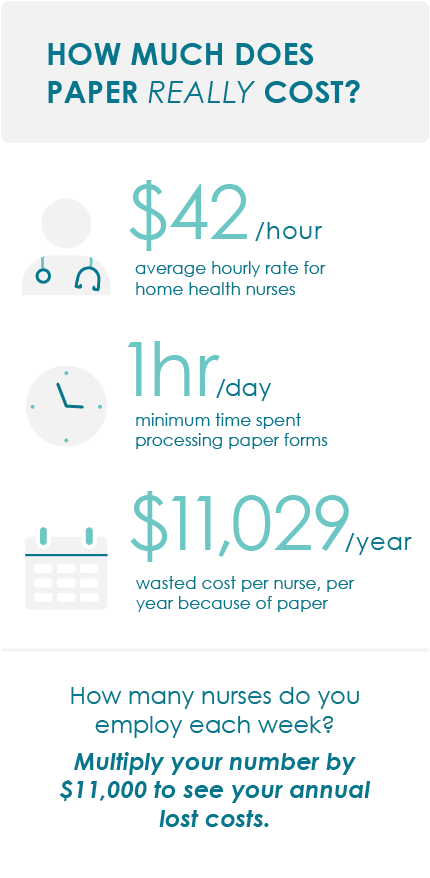

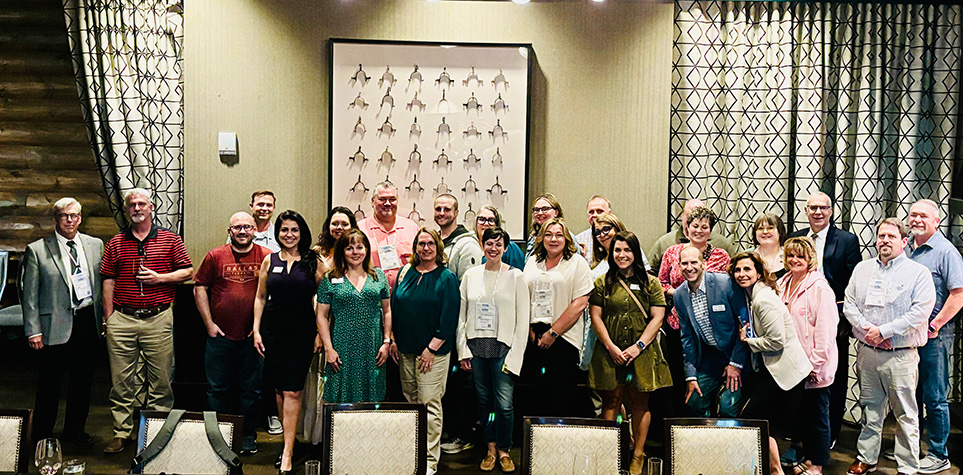
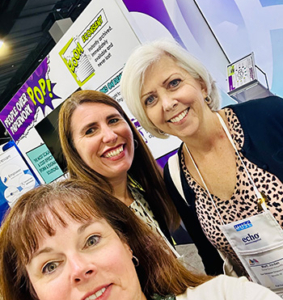 “One of the highlights of the conference for me was the opportunity to meet our existing customers face-to-face. In a post-Covid world where digital communication is the norm, these in-person interactions have become incredibly valuable. Building trust and rapport is much easier in person, allowing us to establish deeper connections. During the conference, we hosted a memorable dinner for our customers, providing a relaxed setting where meaningful conversations flowed naturally. It was a fantastic opportunity to express our gratitude for their partnership and discuss their evolving needs and challenges in depth.
“One of the highlights of the conference for me was the opportunity to meet our existing customers face-to-face. In a post-Covid world where digital communication is the norm, these in-person interactions have become incredibly valuable. Building trust and rapport is much easier in person, allowing us to establish deeper connections. During the conference, we hosted a memorable dinner for our customers, providing a relaxed setting where meaningful conversations flowed naturally. It was a fantastic opportunity to express our gratitude for their partnership and discuss their evolving needs and challenges in depth.